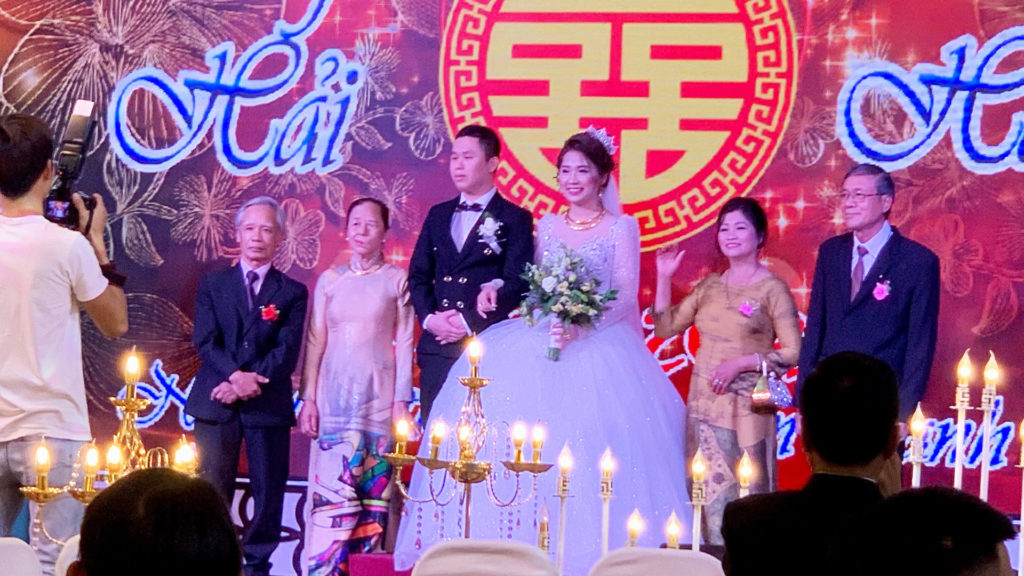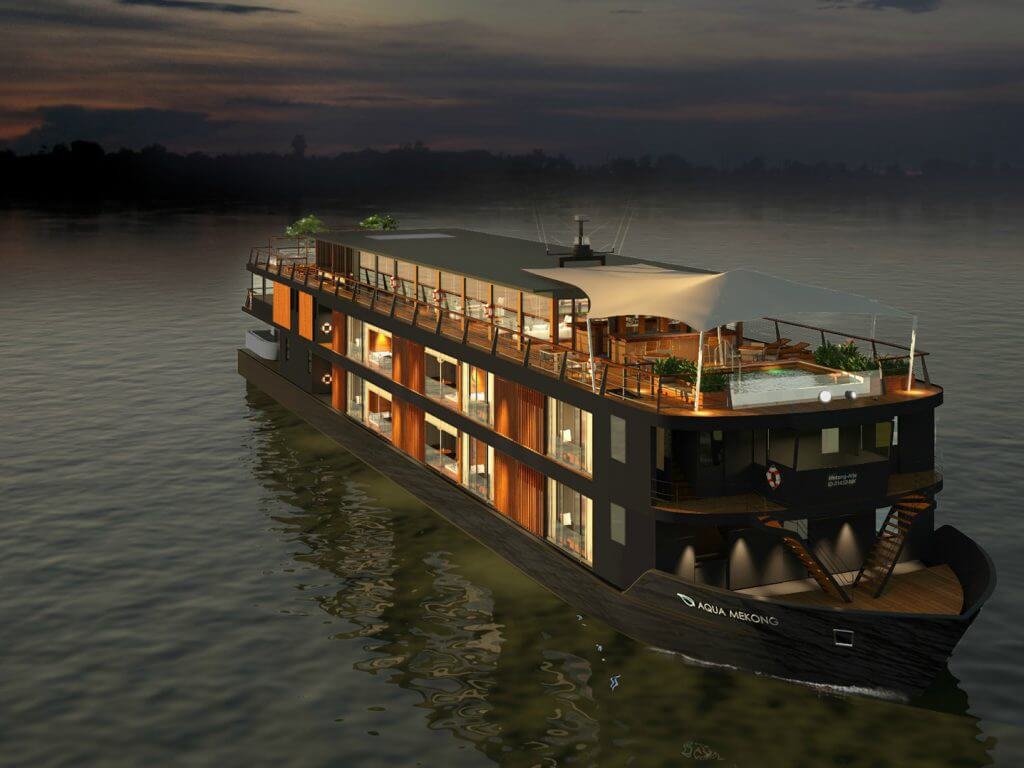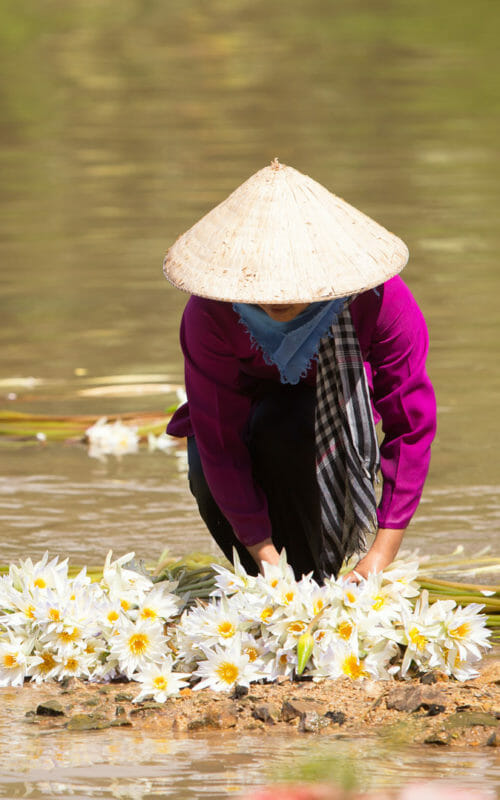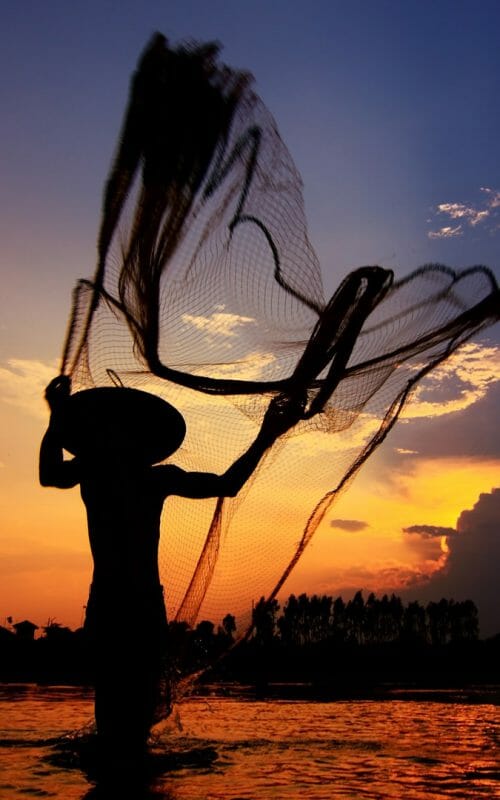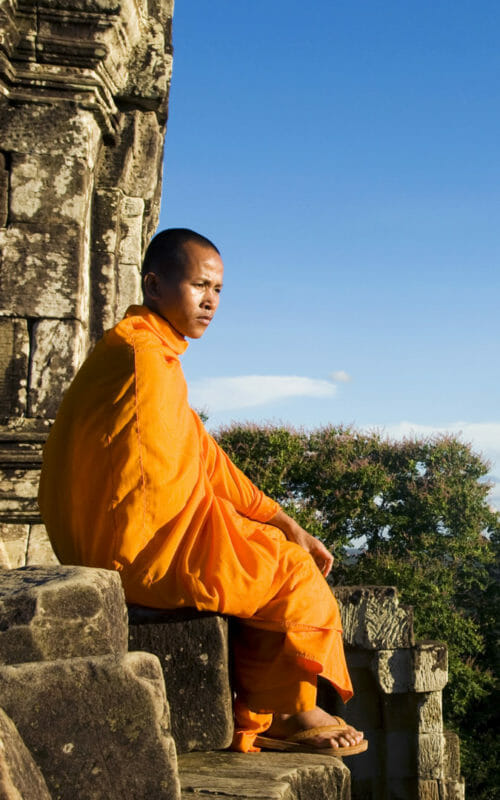This article is written by our client, Robin Barrett, who travelled to Vietnam despite the coronavirus prevalence in Asia.
Vietnamese traders are much less pushy than other countries in Asia, and will usually be quietened and on their way with a simple “No, thank you“. Consequently, Hoi An is bustle without the hustle!
The street traders have a good sense of humour and will happily banter jokingly with you in passable English. It appears that it is “Happy Hour“ for everything at any time: watches, sunglasses, silk scarves, carrots, and coconuts are all sold with the opener “Happy Hour Prices”. You name it! I am prepared to believe that if you are stopped by a traffic cop for speeding, you will get two tickets for the price of one because “It’s Happy Hour!”.
The town and riverfront are very colourful at night due to the lantern decorations everywhere. It is also a tradition to light candles in a miniature paper boats and send them on their way down the river for good luck which, together with the lantern-festooned boats, makes the riverside very pretty and colourful.
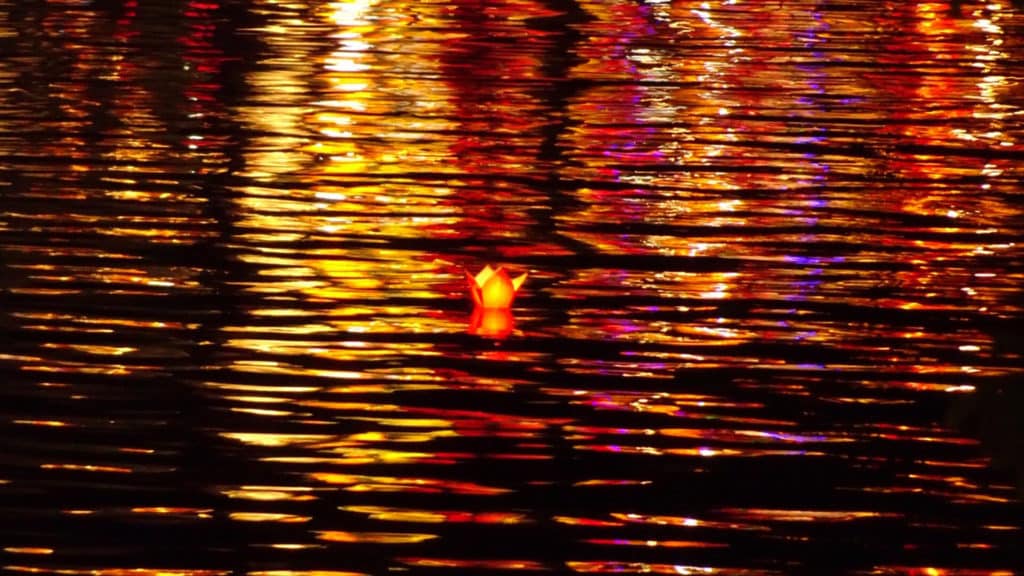
I always thought that it was a traditional here to light “Chinese sky lanterns“ which float into the sky on the breeze, powered by a tiny lighted candle inside, but they are nowhere to be seen. They were banned about 20 years ago. Maybe such a lantern, perhaps lit during the celebrations of a local volunteer Fire Brigade, burned down a neighbouring village!
About 50 km north of Hoi An, the city of Hue is much more sedate as befits the former mid-Vietnam capital of the Cham people, latterly rules by the Nguyen dynasty. Even today, 40% of Vietnamese have the “Nguyen” surname as former citizens of this Empire. This explains why one’s first names are used exclusively here to avoid confusion – we are Mr Robin and Mrs Moira! The Nguyen family dynasty lasted from 1802 until 1945 when the power vacuum following the defeat of Japan in WWII allowed Ho Chi Minh to spread his terror southwards from Hanoi. France, the old colonial power, made one last grab for the administration but forced the last Emperor Bảo Đại into exile in Aix-en-Provence to appease the socialist movement. After a bloody Indo-Chinese War, the French abandoned Saigon to the Viet Nimh in 1954, and we all know what happened next!
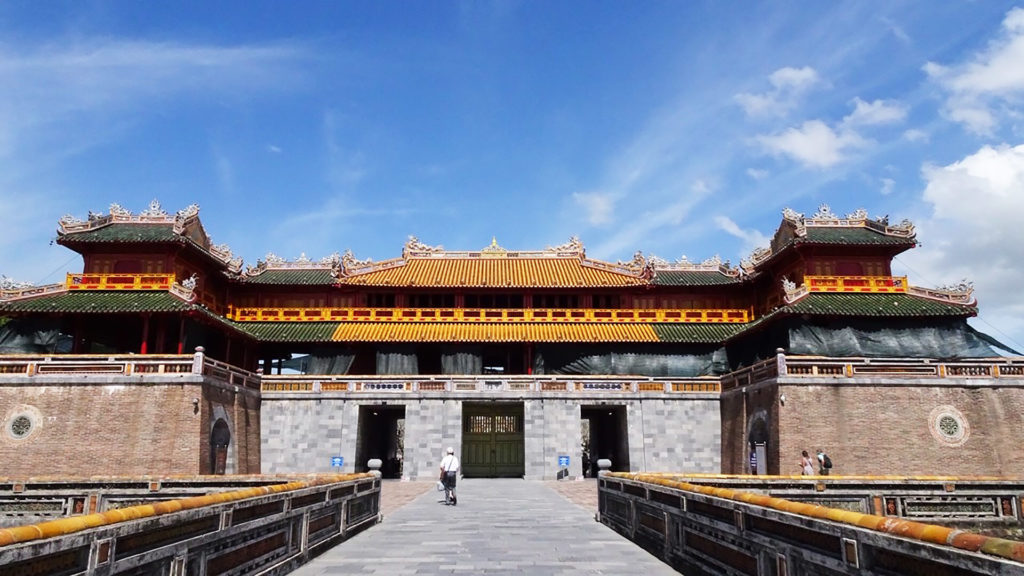
The Citadel in Hue, although damaged by wars since 1945 is still impressive. Depending on which side’s story you believe, from 3,000 to 10,000 people of Hue were slaughtered in the Battle of Hue in the Vietnam War between the USA and the North.
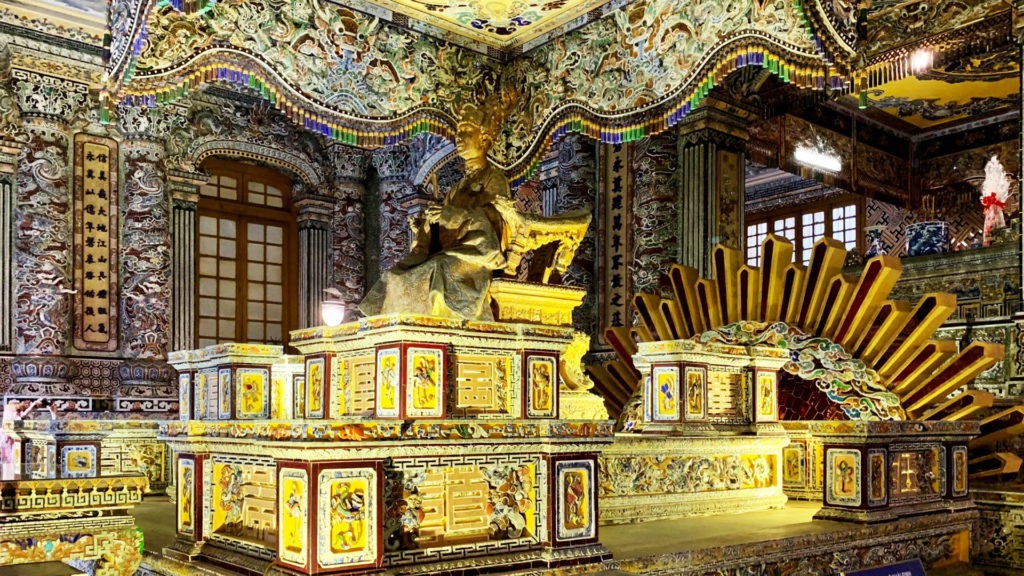
Our treat in Hue was getting invited to a Vietnamese wedding – as you do! One of our guides, a lovely young lady called Xi, was going to the wedding of one of her friends and took it upon herself to insist that we came along. This is not quite as far-fetched as you might think, since the tradition for Vietnamese weddings is that everybody in the family community invites their friends and relations such that, in some villages, the whole population turns out to everyone’s weddings.
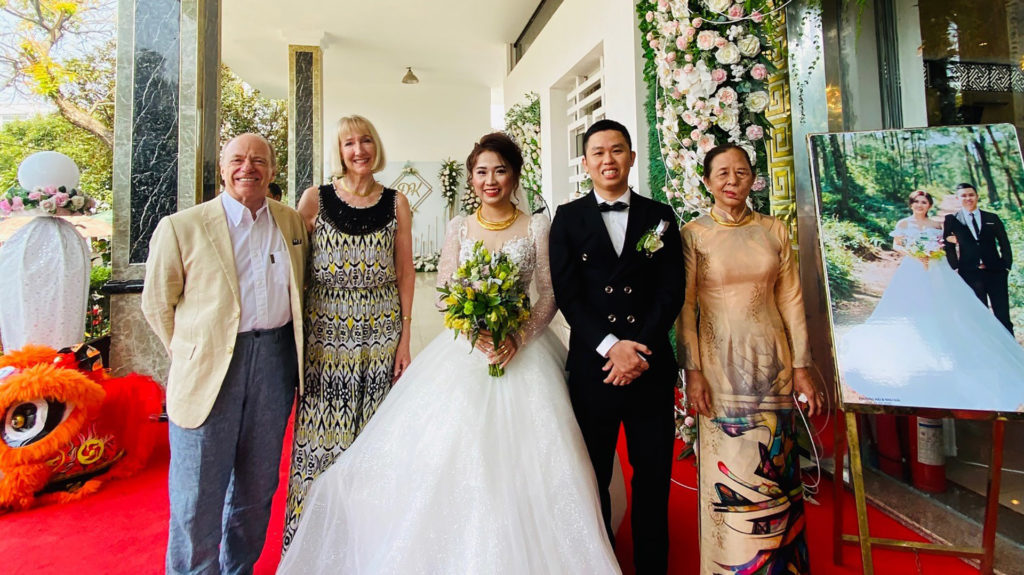
The celebration was held in one of the big wedding banqueting rooms which can seat 300 to 500 guests. So, in the best clothes that our holiday wardrobe could manage, we turned up with $30 of “Lucky Money“ in an envelope to help pay for the wedding banquet, as is the custom. With a dance from Vietnamese unicorns (which look suspiciously like Chinese dragons), an unexpected singing performance from the groom, the cutting of the cake, and the pouring of the red-coloured toast into glasses, the couple were wedded. We wouldn’t have missed this for anything – it made our holiday. Thank you, Xi!
Next stop…… Siem Reap in Cambodia.
